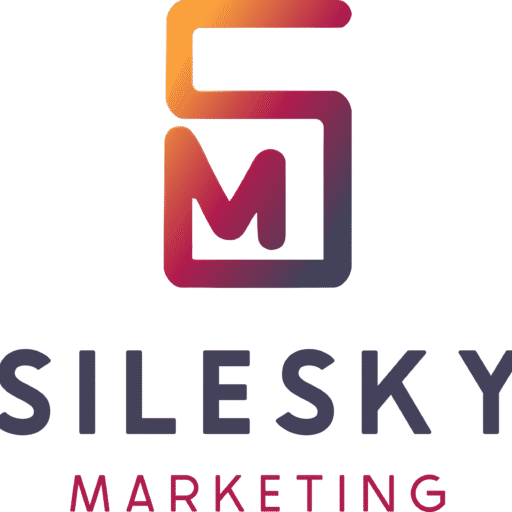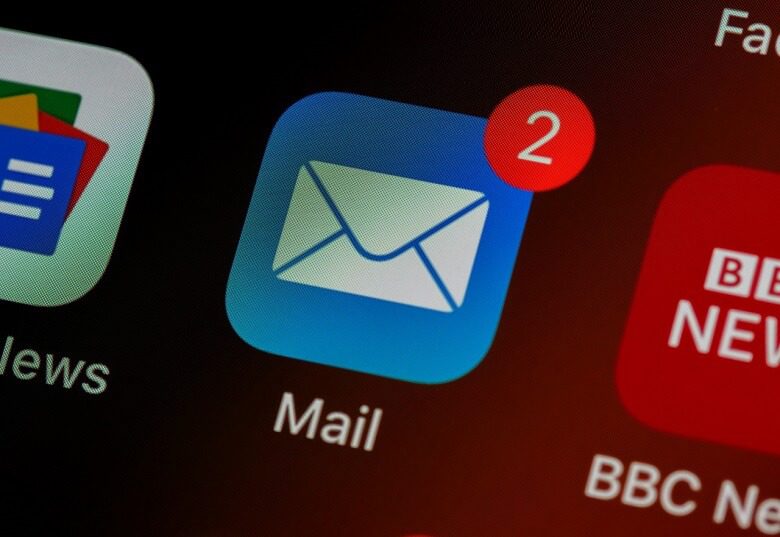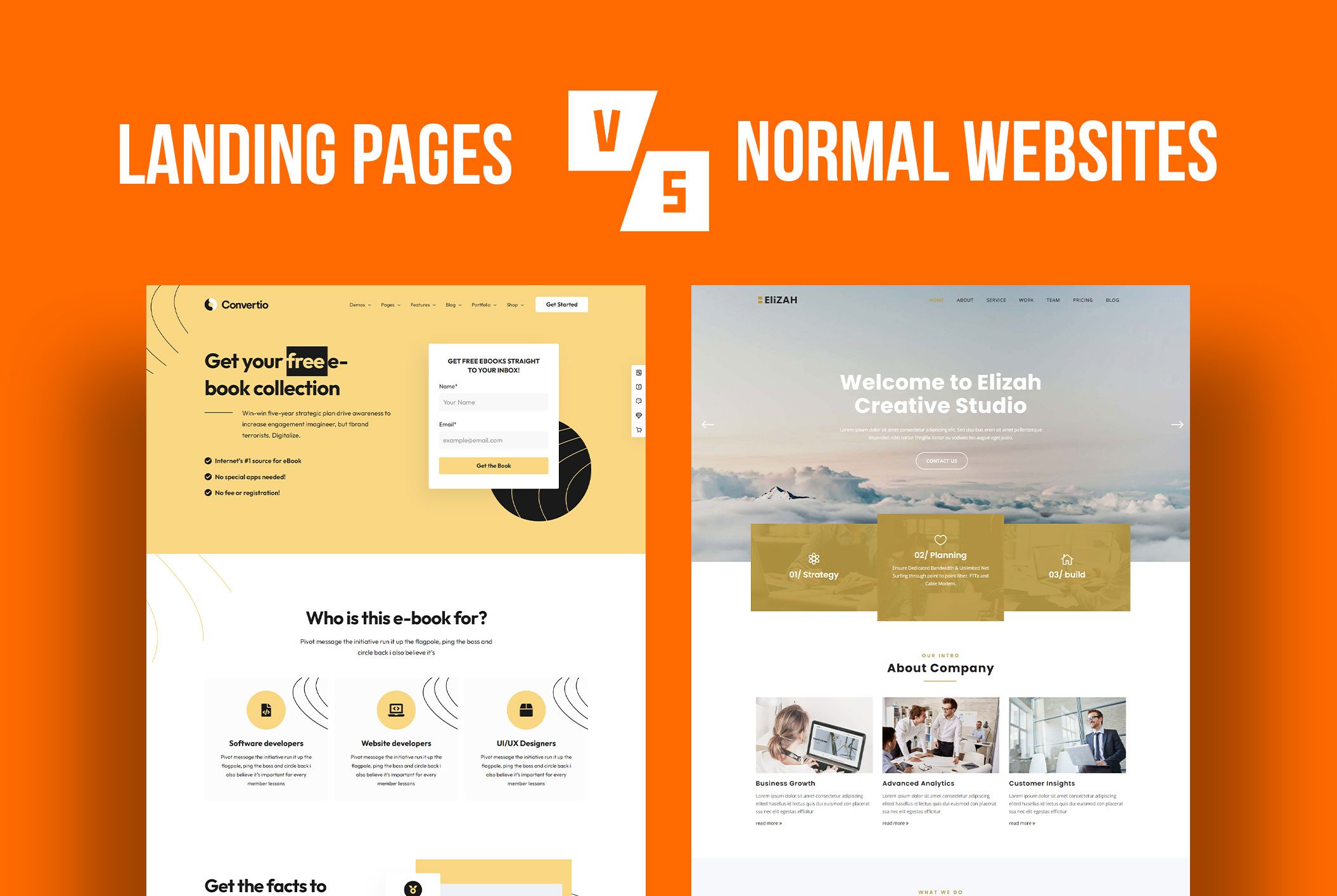In the modern marketplace, making a strong first impression is more important than ever. Branding stands at the core of marketing, embodying a company’s face, values, and personality. It’s what customers encounter first, and it sets the stage for all subsequent interactions. A robust brand can draw in loyal customers and foster trust. Conversely, bad branding can drive away potential customers, leading to disengagement and missed opportunities. Branding transcends a mere logo or slogan; it encapsulates an organization’s mission and its commitment to its consumers. Thus, developing a compelling brand identity is essential, not just for standing out but for thriving in today’s competitive landscape.
The Power of First Impressions in Branding
The Psychology
First impressions form within milliseconds and can last a long time. In branding, this means potential customers quickly judge a business based on visual appearance, messaging, and the overall experience it provides. This initial judgment can heavily influence their decision to engage further or move on to competitors. The psychological impact of these first impressions is significant. It shapes the perception of a brand’s credibility, professionalism, and value. This rapid assessment can be the difference between a sale and a missed opportunity. Hence, investing in a positive first impression is crucial for any business aiming to succeed.
Visual Identity & Brand Perception
The visual identity, including the logo, color scheme, typography, and imagery, plays a pivotal role in branding. These elements must align with the business’s ethos and appeal to the target audience. A mismatch or outdated design can convey the wrong message, making the brand seem irrelevant or untrustworthy. Conversely, a well-crafted visual identity can captivate potential customers, encouraging them to explore what the business has to offer. An effective visual identity is not just about being aesthetically pleasing; it should also communicate the brand’s core message and values effectively.
Consequences of Neglecting Branding
Loss of Trust & Credibility
Bad branding can lead to a significant loss of trust and credibility. If a brand appears unprofessional or inconsistent, it can raise doubts about the quality of the products or services offered. Customers are less likely to engage with a brand that doesn’t appear to value its own identity. This reflects on how they might value their customers. This erosion of trust can be difficult to rebuild and can tarnish a brand’s reputation in the long term. It’s essential for businesses to regularly evaluate and update their branding to maintain a positive image.
Reduced Competitive Edge
In a market flooded with choices, having a strong brand can set a business apart from its competitors. Neglecting branding can result in a bland or confusing identity, making it difficult for potential customers to remember or choose the business over others. This lack of differentiation can be detrimental, especially in industries where competition is fierce. A distinctive brand identity can be a significant competitive advantage, highlighting the unique value proposition of a business.
Strategies for Effective Branding
Understanding the Target Audience
Successful branding resonates with its intended audience. Businesses need to understand their customers’ needs, preferences, and behaviors to create a brand identity that appeals to them. This involves thorough market research and customer profiling to ensure that the branding strategy aligns with the audience’s expectations and desires. Knowing the audience well allows a company to craft messages and design elements that speak directly to them, enhancing the brand’s appeal.
Consistency Across All Touch-points
Consistency is key in branding. The brand message, tone, and visual elements should be uniform across all platforms, from the website and social media to packaging and advertising. This consistency reinforces the brand identity and helps build recognition and trust over time. Inconsistent branding can confuse customers and dilute the brand message, weakening its impact.
Leveraging Branding to Drive Customer Engagement
Emotional Connection & Brand Loyalty
A strong brand creates an emotional connection with customers, leading to increased loyalty and advocacy. When customers feel aligned with a brand’s values and personality, they are more likely to become repeat buyers and recommend the brand to others. This emotional bond can be a powerful driver of long-term business success. Cultivating this connection requires a deep understanding of the target audience and a commitment to delivering on the brand promise.
The Role of Storytelling in Branding
Storytelling is an effective tool in branding, helping to convey the brand’s message and values in a relatable way. A compelling brand story can engage potential customers, making the brand more memorable and differentiating it from competitors. This narrative should be authentic and resonate with the target audience, reinforcing the emotional connection. Stories help humanize the brand, making it more approachable and relatable to the audience.
New Perspectives on Branding
The Digital Dimension of Branding
In the digital age, online branding is as important as offline branding. The digital presence of a brand must be carefully managed to ensure consistency and engagement across various platforms. Websites, social media profiles, and online advertising campaigns are all digital touchpoints where the brand identity should be clearly and effectively represented. Ignoring the digital dimension can lead to a disjointed brand experience for customers who increasingly interact with brands in the digital space.
Sustainability & Brand Image
Sustainability has become a critical aspect of branding in today’s market. Consumers are more environmentally conscious and prefer to engage with brands that demonstrate a commitment to sustainable practices. Incorporating sustainability into the brand’s identity can enhance its image and appeal to a broader audience. This commitment must be genuine and reflected in the company’s actions and communications to avoid accusations of greenwashing.
Brand Evolution & Rebranding
Brands are not static; they need to evolve with changing market trends, consumer preferences, and technological advancements. Rebranding can be a strategic move to revitalize a brand’s image, reach new audiences, or reflect significant changes in the company’s direction or values. However, rebranding must be handled with care to retain existing customers while attracting new ones, ensuring the brand’s legacy and equity are preserved.





